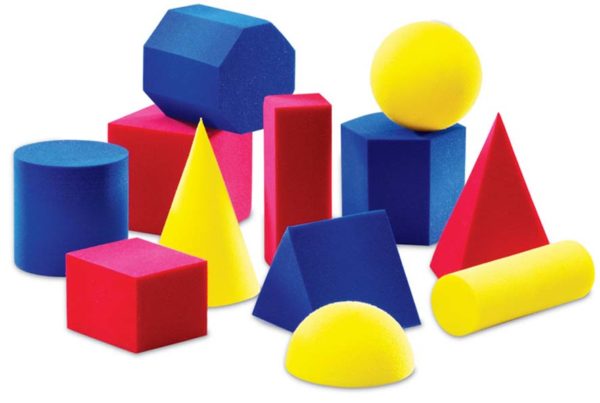Chemical change can be a hard concept for children to understand. It’s much easier to explain a physical change. Water freezes into ice. The ice is still water and can be melted back into liquid water. Tear a piece of paper in half, and you still have the same paper. Both are physical changes. But how do you demonstrate chemical change?
The easiest example of a chemical change is burning a piece of paper. The paper turns to ask and becomes a new substance, much different from the original paper. But, what about other examples? Try baking! Spend some quality time with your child, make dessert, and teach science all at the same time!
A cake or cupcakes are probably the best desserts to use to clearly show a chemical change. Before getting started, collect all the ingredients that will go into the cake batter. You don’t have to make a “scratch” cake for this to work. Even if you’re only adding eggs, oil, and water to a cake mix, students can still observe the chemical changes.
Have your child observe all the beginning ingredients. Older children can make a written list of the physical properties (characteristics) of each of the ingredients. Do let them observe the ingredients directly . . . open the cake mix pouch, break the egg, etc.
Now, mix up the batter while letting your child help at a level appropriate for their age. While mixing ingredients, discuss changes that are taking place. Point out that even though they may look different, the ingredients are all still there and haven’t changed into anything else. For example, the egg is mixed in the batter, but it is still egg. Have your child observe the final raw batter. Point out that the batter is a “mixture” of ingredients, but none of them have been chemically changed.
Finally, add heat . . . bake the cake! Make observations of the ingredients after they have cooked together. Point out that one evidence of a chemical change is that you come out with a completely new substance that doesn’t look anything like the original. Going from cake batter to a fluffy cake will be a clear example of “forming a new substance” to your child. Also, ask your child what was needed to make the chemical change happen. Heat! Point out that many chemical changes require heat. The heat causes the original substances to recombine to form new substances. Who knew Chemistry could taste so good!




